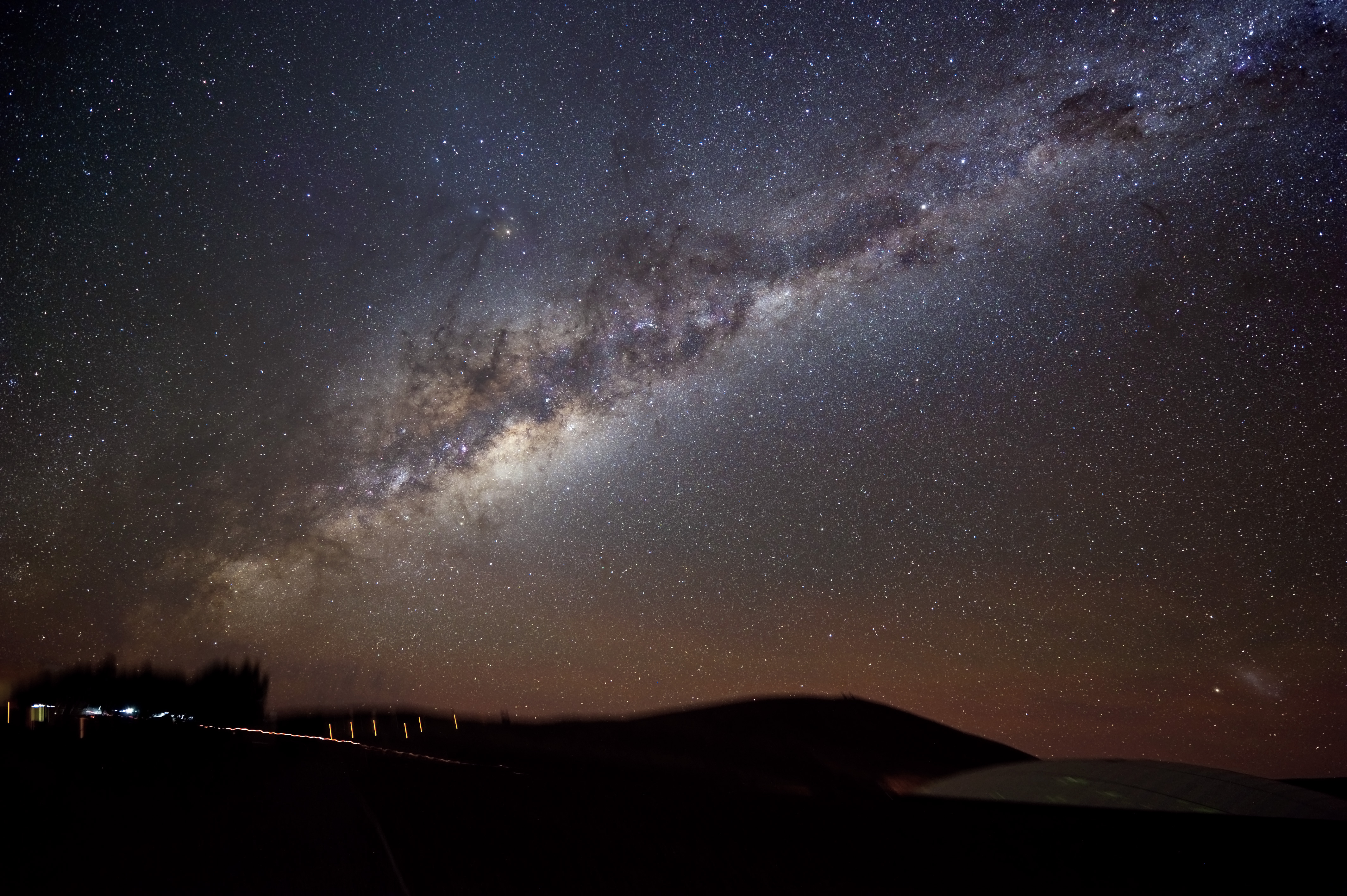Completata la mappa della Via Lattea, con la prima panoramica dettagliata della distribuzione dei gas freddi e delle regioni in cui stanno nascendo nuove stelle. L’ha ottenuta l’indagine Atlasgal con il telescopio Apex dell’Osservatorio meridionale europeo (Eso) in Cile, che ha mappato l’intero piano galattico visibile dall’emisfero australe.
A coordinare il progetto, descritto sul sito dell’istituto, Leonardo Testi dell’Eso. Il telescopio Apex ha 12 metri di diametro e permette agli astronomi di studiare l’Universo freddo, quindi gas e polveri ad appena poche decine di gradi sopra lo zero assoluto. Grazie a queste sue capacita’, i ricercatori sono stati in grado di ottenere una veduta dettaglia della distribuzione del gas freddo e denso nella maggior parte delle regioni di formazione stellare nella Via Lattea meridionale.
Le mappe, ottenute integrando anche le osservazioni del satellite Planck dell’Agenzia spaziale europea, coprono un’area di cielo lunga 140 gradi e larga 3, quattro volte in piu’ rispetto a quello delle precedente indagine Atlasgal. I dati ottenuti sono stati usati anche per fare un censimento completo delle nubi massicce e fredde in cui si stanno formando le nuove generazioni di stelle di grande massa e gli ammassi stellari. ”Abbiamo potuto lanciare uno sguardo nuovo al centro interstellare della Via Lattea – commenta Testi – e trasformare la nostra visione della formazione stellare. Si apre la possibilità di scavare in questo archivio di dati alla ricerca di nuove scoperte”.
 ProgettoItaliaNews Piccoli dettagli, grandi notizie.
ProgettoItaliaNews Piccoli dettagli, grandi notizie.





